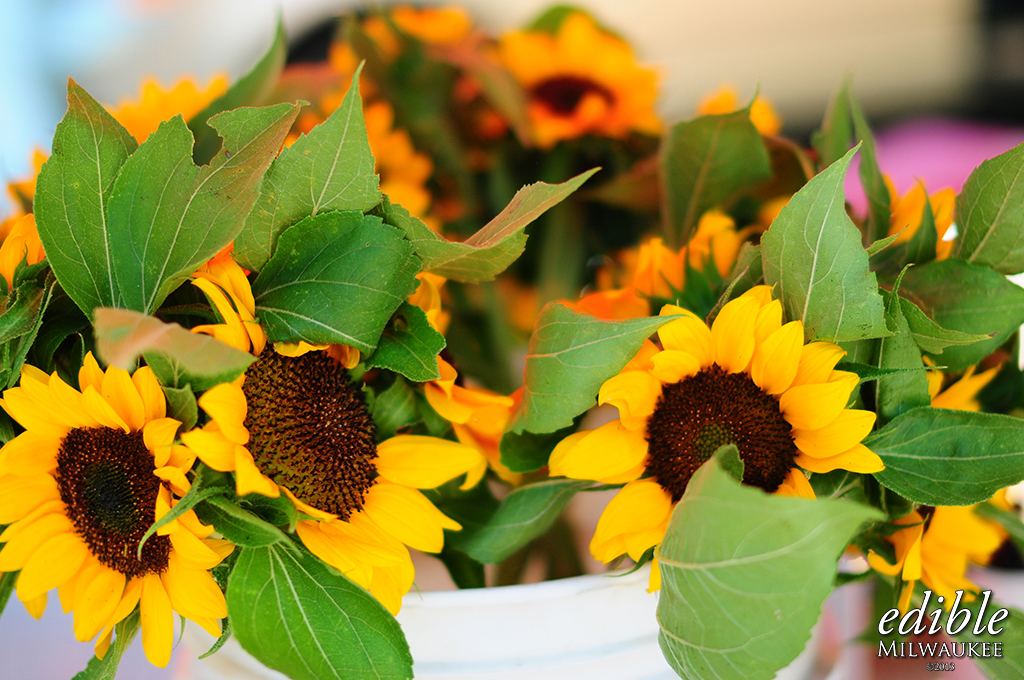Kids Table: Cooking as a Family
The kitchen is a magical space to a child, full of bubbling pots and yummy smells. A place where ingredients, purchased from the store, local farmers market or grown in the garden, are turned into a whole new creation.
It is not often, though, that children are invited into the kitchen to help with this transformation. With the fast-paced lives of many of today’s families, it is often an accomplishment in itself just to find time to sit down and have a meal as a family. To many parent cooks, the thought of allowing kids to be active participants in creating a meal is just not practical.
While a hurried weeknight dinner might not be the best time to include children, parents should consider doing so when time allows. Besides being a great way to bring families to the table, the kitchen is a natural space for learning to take place.
As children cook, they are gaining invaluable experience: practicing math while measuring and counting out ingredients; learning culture as they try family recipes and food from around the world; and improving patience, teamwork and their ability to follow directions as they work to prepare a meal. Talk about sensory-based learning!
Cooking and creating in the kitchen is the perfect place to chat with kids about nutrition, seasonality and where our food comes from. The difference between “everyday” and “special occasion foods”. Why we see different produce at the farmers market throughout the year.
Picky appetites also seem to vanish when kids have a hand in creating what they are eating. Just like with growing their own food, children are far more apt to consume dishes they have helped prepare. As children are mixing and stirring, they are developing a sense of pride for the dish they are creating, as well as anticipation to try out their masterpiece. If a child has an active role in cooking it, a frittata filled with greens and goat cheese will disappear before your eyes!
Family Friendly Recipes
While cooking with kids often brings to mind images of smiley face pancakes and anything covered in ketchup, there are actually plenty of more complex (and healthy) recipes for kids and parents not only to create, but also to enjoy eating together. Parents are often surprised to discover there are many tasks in their favorite “adult” recipes that children can help out with.
Following are two seasonal recipes with certain steps indicated for youth participation.
GETTING THE KIDS INVOLVED
Choosing the right tasks for children to participate in will make the process that much more enjoyable for all. Below are common recipe steps broken down in appropriate tasks by age level.
Preschoolers:
Cracking eggs
Tearing leaves for salad
Pouring
Rolling balls of dough with hands
Creating a tossed salad
Elementary School Age:
Husking corn
Greasing pans
Mashing potatoes
Grating cheese
Spreading icing or batter onto a pan
Slicing larger veggies
Beating eggs or cream
Measuring out ingredients
Older Youth:
Fine chopping
Kneading dough
Meal planning
Calculations for doubling recipes
Rinsing and washing produce
Call out Recipe ingredients or steps
TIPS FOR PARENTS TO REMEMBER WHILE COOKING WITH KIDS
Choose the right time:
- Avoid a frenzied weeknight dinner and perhaps choose a weekend or relaxed afternoon.
- Choose a time when both the adult and junior chef are well rested. No one likes a crabby cook!
Stress Safety:
- Children must learn what is not safe to touch in the kitchen. Give frequent reminders that stove tops are hot and knives are sharp!
- Establish kitchen rules like washing hands and no running or turning knobs.
Loosen up:
- It is inevitable. Children are not going to be neat in the kitchen. View the extra cleanup as a worthy exchange for the family experience gained.
- Mistakes happen. Be patient and encourage children try again. No one cracks an egg perfectly on the first try!







